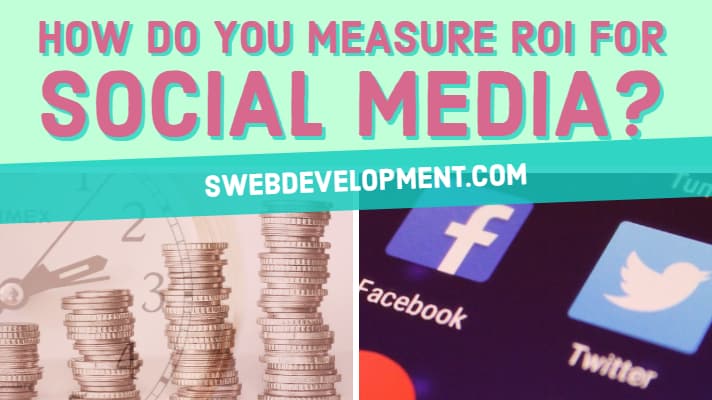Clear results inform the decision to start, continue, or stop any initiative. In traditional advertising it’s vital to know if efforts made on behalf of the company are truly producing the projected results. Look at television, radio, and print ads. Are these mediums driving more people into the store and are they driving up sales? How many people saw it? How many people heard it? These are all questions a business would ask. Numbers come in, analysis is done, results are provided, wash, rinse, and repeat (in some cases don’t repeat). With the advent of social media there’s been an ongoing debate on how to measure the return on investment (ROI) from social engagement and content creation.
How do you measure and monitor ROI for social media?
You Need To Be Social
What’s your Facebook page? What’s your Twitter? Are you on social media? These are questions that are all too common nowadays. It’s becoming less and less about what’s your number and what’s your website and more about where people can interact and follow along online.
Some will argue that measuring ROI for social media campaigns is impossible. In a recent Fast Company article 88% of 750 marketing professionals said they struggled with accuracy when measuring social campaigns. So this is a common issue that many companies are facing, but there is a solution. Measuring ROI is not something that will happen overnight, but instead will take time with the right tools, the right engagement, and the right analysis.
No single tool will give you all the answers, but tools used in the proper combinations will provide you with much better results. For example, if you plan on running a Facebook Ad, the ads platform on Facebook offers some general data. One key statistic is if the user clicked on the ad. Running various ads at the same time will help determine which ads were most effective in getting someone to your website. From there, you need to have the proper tools to track what the visitor does once they are on your page. Google Analytics offers some basic tools to track movement through the sales funnel. This combination sample can provide you the results you need to know to determine if you social campaign had success in conversions.
Think conversation is a waste of time? Think again. Posts on your social channels are ways that you are branding yourself, which is why we advise any company moving into the social space to think through the type of message they want to share. Everyone wants to jump in, but it’s important to determine the voice, the tone, and most importantly the audience you’re going to connect with. With all those aligned, there can be real value in the actions users make on your networks.
Michael Cohen of Social Media Today (link no longer available) says “Every single comment, photo, video, or post takes a few seconds for a user to digest. It is estimated that the average ‘like’ on Facebook takes seven seconds per person while close friends of this person will take an average of five seconds to digest that ‘like.'”
Think about that. It may not seem like a lot of time in the grand scheme of things, but that a serious investment of time in the digital space and shows a level of commitment. These actions properly reviewed and give you an idea of how far your message has reached and how many in your community have a vested interest in what you’re posting. This knowledge can help shape the future of your posts to continue on a patter of success.
The above mentioned Fast Company article does a great job of breaking down the types of engagement to watch:
- Post Impressions – posts by brand viewed on social site
- Page Impressions – the number of views on a brand’s social page
- Personal Action – clicks on the content posted on the social page that gives the users a deeper look into the brand
- Public Action – the commitment someone makes when they “share” the brand’s content with others in their personal network
All of the above comes with proper analysis. This component must run through your entire strategy. Ask the right questions, plan the right content, and invest in the right advertising for your social campaign.
ROI Expectations
If you’re a marketer, then you’ll need to manage the expectations of the powers that be. If you’re a CEO, you need to make sure your expectations are realistic. At the end of the day, all the social engagement, all the creative content, and all the effort will mean nothing if there’s no goal. It’s okay if you’ve got more than one goal as long as you can manage it properly.
For example, if your goal is to increase the number of people connected to your brand on a social channel or to increase the number of people using a Twitter or Facebook discount code, it’s easy to see those numbers. You can see the number in your community go up, or you can see the number of people that clicked on the ads to your online coupon from a Facebook ad and then track how many people use the coupon. That can all be presented in a report.
So breathe easy. ROI can be measurable based on your goals and if you need the need to partner with a digital agency to help you with this, then make that investment. Your efforts to build your brand online should pay off, but patience plays a big roll too.
As always, if you are interested in keeping touch with us you can sign up for our brand new, shiny mailing list (!!!) or contact us directly. Ain’t technology just the best?
